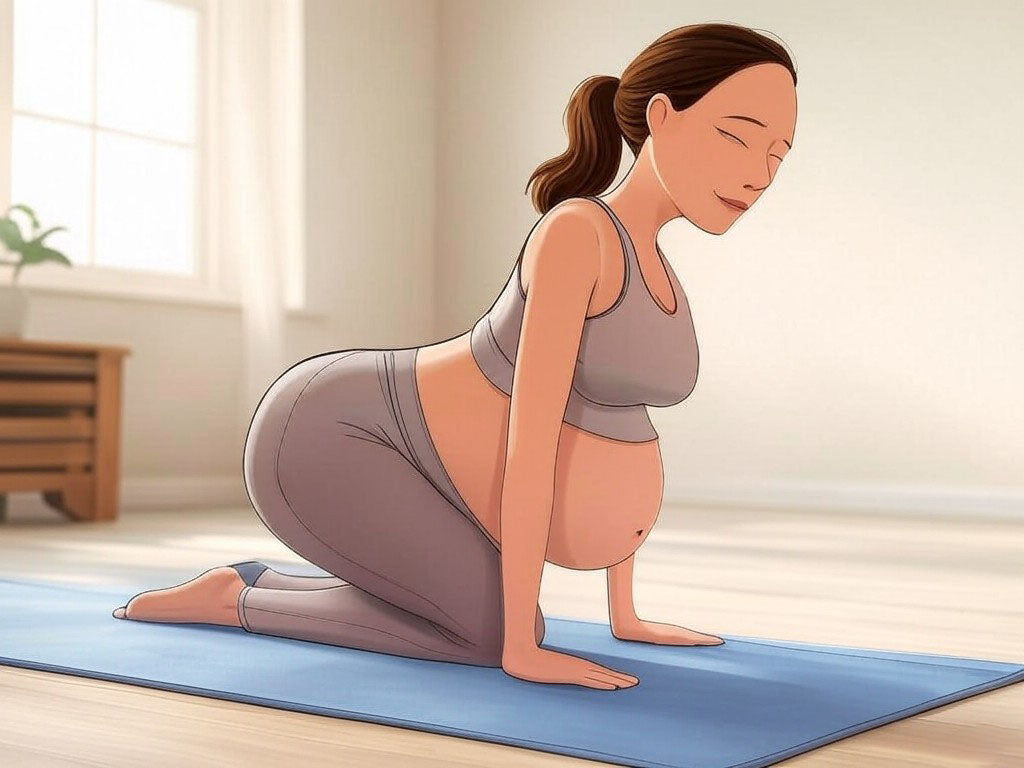
Maintaining Pelvic Floor Health Before, During, and After Pregnancy
Pregnancy represents a transformative period for the body, particularly for the pelvic floor. This group of muscles supports the bladder, uterus, and bowel, and plays a crucial role in continence, support of pelvic organs, and sexual function. Here’s how to care for your pelvic floor throughout the stages of pregnancy to promote health and ease recovery:
Before Pregnancy
Strengthening the Pelvic Floor:
-
Kegel Exercises: These are crucial for building pelvic floor strength. To perform a Kegel, tighten the muscles you would use to stop urinating midstream, hold for a few seconds, then release. Aim for 3 sets of 10-15 repetitions daily. Proper technique is vital, so if unsure, consulting a pelvic floor physiotherapist can be beneficial.
-
General Fitness: Engaging in regular physical activity, including core strengthening exercises, can prepare your body for the changes ahead. Activities like Pilates, which emphasize core control, are particularly beneficial.
Prevention:
-
Healthy Weight: Maintaining a healthy body weight can reduce unnecessary stress on the pelvic floor.
-
Avoid Straining: Constipation or chronic coughing can strain the pelvic floor; thus, a diet rich in fiber and hydration can prevent such issues.
During Pregnancy
Pelvic Floor Exercises:
-
Continue Kegels: The regimen might need adjustment as pregnancy progresses, but Kegels are still beneficial. They help in maintaining muscle tone and can prepare you for childbirth by teaching muscle control.
-
Diversify Exercises: Include pelvic tilts, bridges, and squatting in your routine to support broader pelvic health. These exercises not only strengthen but also stretch the muscles, which is crucial as the baby grows.
Lifestyle Adjustments:
-
Posture: Good posture can help maintain pelvic floor integrity. Avoid sitting for long periods, and use supports like cushions if necessary.
-
Breathing Techniques: Learning to breathe properly can help manage pelvic pressure. Techniques like diaphragmatic breathing can be taught in birthing classes or by a physiotherapist.
Preparation for Childbirth:
-
Perineal Massage: Starting around week 35 for those planning a vaginal birth, perineal massage can increase flexibility and potentially reduce tearing during delivery.
-
Pelvic Floor Therapy: Consider this if you have pre-existing pelvic floor issues or are at risk of complications. Therapy can include biofeedback and manual techniques to enhance muscle function.
After Pregnancy
Postpartum Recovery:
-
Resume Kegels: Start as soon as you feel comfortable, usually within days of birth, focusing on both strengthening and relaxing the muscles. The quality of the exercise is more important than the quantity.
-
Pelvic Floor Therapy: For those with symptoms like incontinence or prolapse, therapy can provide tailored exercises and recovery strategies.
Long-Term Health:
-
Continued Exercise: Don't let pelvic floor exercises end with immediate postpartum recovery. Incorporate them into your daily routine to prevent issues like prolapse or incontinence as you age.
-
Monitor Symptoms: Be alert to symptoms of pelvic floor dysfunction and seek help if you experience persistent issues. Early intervention can prevent long-term problems.
General Tips:
-
Listen to Your Body: Overdoing exercises or returning to normal activities too quickly can harm the pelvic floor. Recovery should be gradual.
-
Nutritional Support: A balanced diet supports healing and muscle recovery. Ensure adequate intake of nutrients like protein, which aids muscle repair.
By addressing pelvic floor health proactively, you can enhance your quality of life during pregnancy and facilitate a smoother recovery afterward. Remember, while these strategies are recommended, individual needs may vary, so consulting with healthcare providers, particularly pelvic floor specialists, is advised for personalized guidance.
XXX Jessie
Disclaimer: I'm not a doctor; please consult a medical professional. Do not share your personally identifiable information.



Dejar un comentario
Este sitio está protegido por hCaptcha y se aplican la Política de privacidad de hCaptcha y los Términos del servicio.